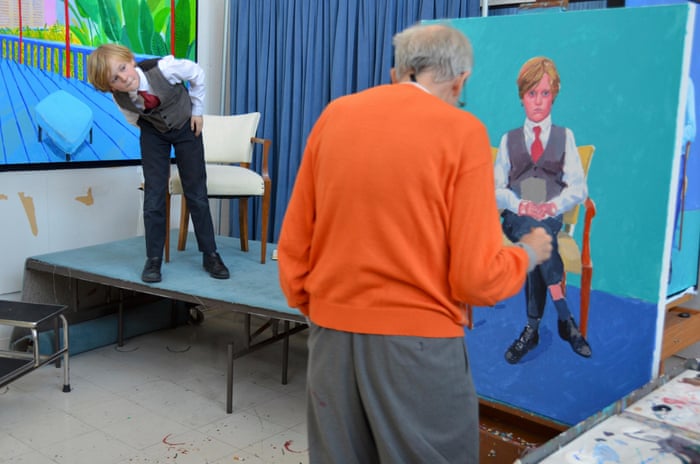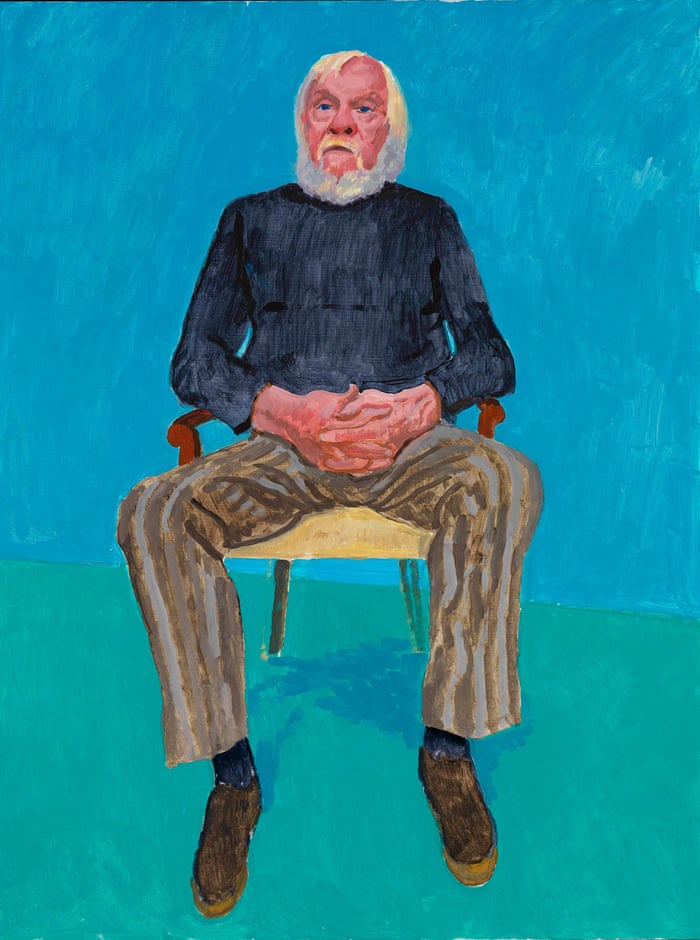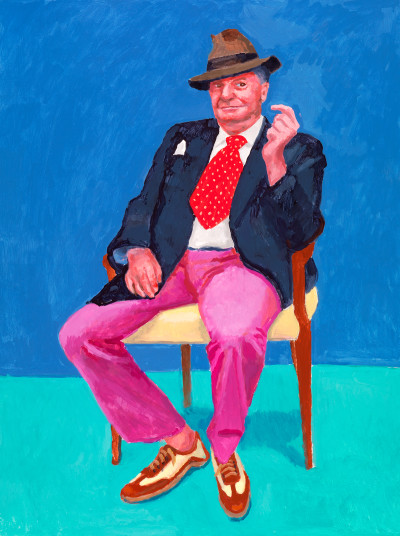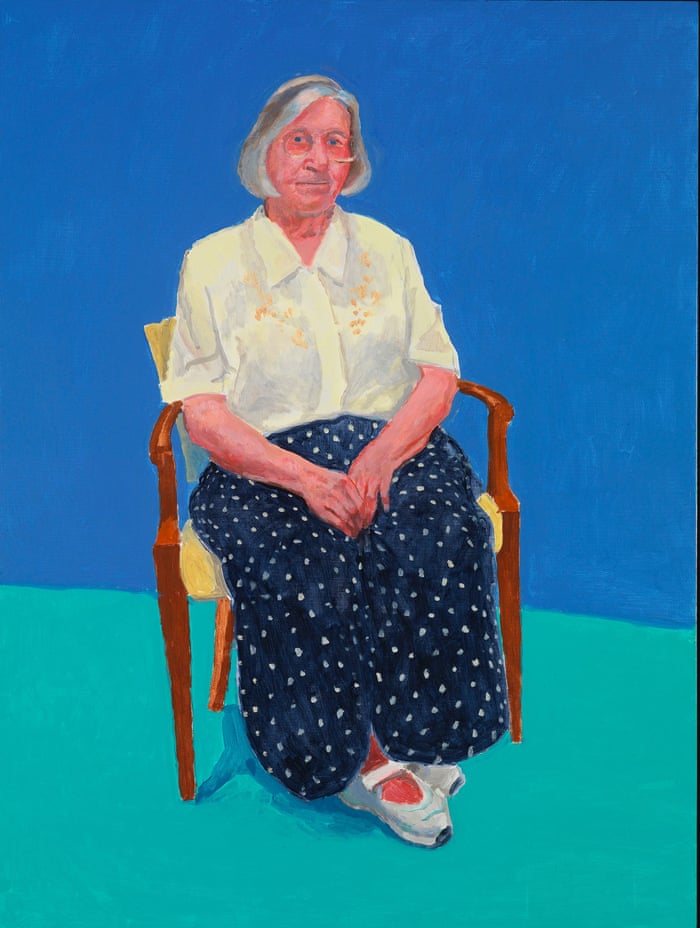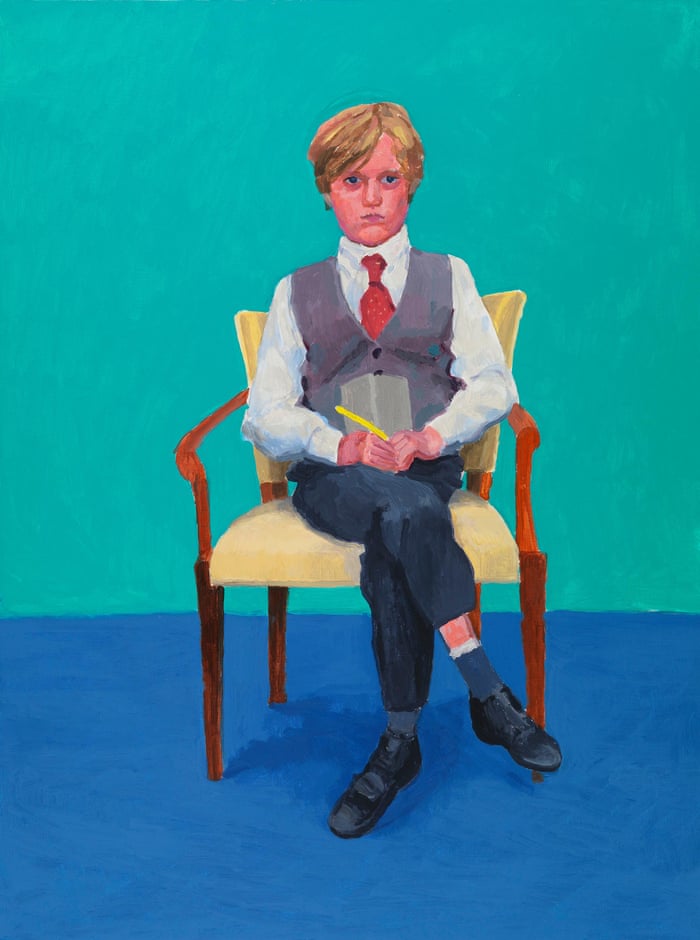Here's a great article on the missing Marx Brothers' movie, Humor Risk, by Matthew Coniam, esteemed author of
The Annotated Marx Brothers - a great book you should have by your bedside in case you awaken from a fevered dream in which you weren't able to decode the lyrics for Lydia the Tattooed Lady - as I often do.
 So why has the face of the woman at the right been 'removed'?
The Marx Brothers’ Lost Film: Getting to the Bottom of a Mystery
So why has the face of the woman at the right been 'removed'?
The Marx Brothers’ Lost Film: Getting to the Bottom of a Mystery
Matthew Coniam
7 September 2015
The hunt’s back on!
Universal has just announced another concerted effort to produce the completest possible restorations of the five Paramount Marx Brothers movies, so it’s all hands to the attics and storerooms once again. The prizes? Same as ever, still glittering at the end of the black and white rainbow. From Horse Feathers (1932): the scenes with Harpo and the dogs, and a version of the Thelma Todd bedroom farce that hasn’t been shredded into virtual incomprehensibility. From Animal Crackers (1930): that snipped line from ‘Hooray for Captain Spaulding’ that folks seem never to doubt was cut for a Code-era re-release… and Zeppo offering to scratch Elsie would be nice, too, if you have it. From The Cocoanuts (1929): oh, nothing in particular, but a print where certain reels don’t look as though they were photographed through wet toilet paper would be good…
Because they appeared in so few films compared to just about all the other great screen comedians, these lost Marx elements seem especially galling, and the need to replace them, perhaps, disproportionately imperative. Small wonder that we so often forget there’s also an entirely lost Marx movie out there – or not, as the case may be.
A risk not worth taking?
Humor Risk, the first ever Marx Brothers film, was here and then, seemingly, it was gone – almost immediately. But as reputations go, Hats Off (1927) or London after Midnight (1927) it is not. We’ve called off the search, if indeed it was ever on. Whenever those lists are made of the most keenly desired lost silents, there it always is: somewhere else.
There are two main reasons for this: aesthetic and practical. The former seems to me somewhat misguided. In the first place, we don’t actually know it’s lousy. We are, I think, far too willing to allow Groucho’s own famously self-deprecating judgement of the film to condition our own. Odder still is the tendency to offer the fact that it’s silent, and that the Marxes are by most accounts not playing even an approximation of their established roles, as fatal drawbacks. Each to his own, of course, but to my mind these aspects of the film are high among what makes it so desirable.
Though the idea of a silent Marx Brothers seems an absurd one, it nearly happened on several other occasions. There was the offer from First National that got as far as an announcement in 1926. Then an overture from MGM to make a series of comedies (presumably meaning screen originals) as close to the wire as 1928. And then the screen test by United Artists, for a proposed version of The Cocoanuts itself, a full year before Paramount took them up. Had the latter happened it would almost certainly have been largely if not entirely silent.
As well as these near misses, the New York Evening Post reported in 1928 that the Brothers “have been offered a staggering sum by a moving picture company to appear in a screen burlesque on the life of Napoleon Bonaparte”, with Harpo as Napoleon, Groucho as Wellington, Chico as Blucher and Zeppo as King William of Prussia. (Alas, they “are said to have refused the offer, at least for the time being.”) And that’s not counting both Harpo’s and Zeppo’s encounters with the silent camera, both in 1925, in A Kiss in the Dark and Too Many Kisses, respectively. (Actually, it’s been claimed that Zeppo can be seen as an extra in Too Many Kisses, too, though the word hasn’t travelled far as yet. But it’s Paramount’s Behind the Front [1926] that features the first sighting of an authentic Marx routine in the movies, and it doesn’t involve any of them. As Variety noted: “One of the laugh hits of the picture, where the pick-pocket drops a lot of knives and forks from his sleeves has been taken bodily from I’ll Say She Is.It’s a Marx Brothers bit.”)
Boxed, burned or buried?
Aside from Joe Adamson’s mischievous observation in Groucho, Harpo, Chico and Sometimes Zeppo that the film’s continued loss may be the price we have to pay “to keep silent film fanatics from saying it was the best movie they ever made,” there’s really only one persuasive reason why the possibility of its reclamation excites so little determination: what I earlier termed the practical objection. Humor Risk, according to every published account, differs from all the other titles on those lists of most eagerly sought lost silents in one key respect – it was never released.
The story goes like this. The Marx Brothers, noting the money being made in movies, formed a company called Caravel Comedies to produce their own two-reel shorts and grab a piece of the action. They each pitched in a thousand dollars, as did two co-investors called Al Posen and Max Lippman. So did Jo Swerling, who wrote the script. Kyle Crichton in his biography The Marx Brothers names a further investor: “their friend Nathan (Nucky) Sachs” who, he says, “gathered in $6,000 with laughable ease”. Hector Arce, in his biography Groucho, favours ‘Nuck’ over ‘Nucky’ and, more importantly, posits a friendship with the Brothers stretching right back “to their days on Ninety-Third Street”.
We should pause here to add two other names, who don’t crop up in most accounts. Arce gives us Oscar Mirantz as a kibitzer. (Strangely, he casts Sachs in this role also.) ‘Mike’ Mirantz was the husband of the cousin of Chico’s wife Betty: he and his wife are the ‘Aunt Flo and Uncle Mike’ that Maxine Marx mentions staying with at various points in her memoir Growing Up With Chico. (Bizarrely enough, we find reference in 1929 to his appearing in a play called The Kibitzer, that turns out to have been co-written by Jo Swerling, and also featured an appearance by Al Posen! “It is all as antic as something with the Marx Brothers,” wrote the Chicago Tribune of a later production that year. Sadly, another mystery for another time.) Meanwhile, the 1921 Motion Picture Studio Directory and Trade Annual lists Caravel Comedies as among the professional associations of one ‘Y.C. Alley’. This was Yeatman Cheatham Alley, and yes, that’s just one man, not a firm of three accountants. Born in 1870 and dying in 1947, he was a vaudeville comedian, theatrical director, producer and manager, among other attainments.
Once assembled, the team took residence at 130 West 46th Street, pretended to make themselves an offer, pretended to accept it, and set to work. The film was shot in between live shows (“they were doing four a day,” notes Joe), in a converted warehouse studio somewhere in New York and at Fort Lee, New Jersey. The resulting footage, however, was deemed inadequate for professional distribution, and the project was abandoned. The film itself was either soon lost or deliberately destroyed.
If any of this is true, then clearly we are looking at a loss of a very different kind to, say, a film that MGM managed to release into every territory in the world and still somehow allowed to fall down the gap between the cushion and the back of the armchair. If a few prints, or even just one, are all that were ever struck, and all accounts of the thing dry up after one showing, then the chances of finding it are so very slim that a serious search would be all but pointless, and if I was a betting man, I’d be putting my money on Bigfoot.
But is it true? How much do we really know about Humor Risk – and where are we getting our information from?

